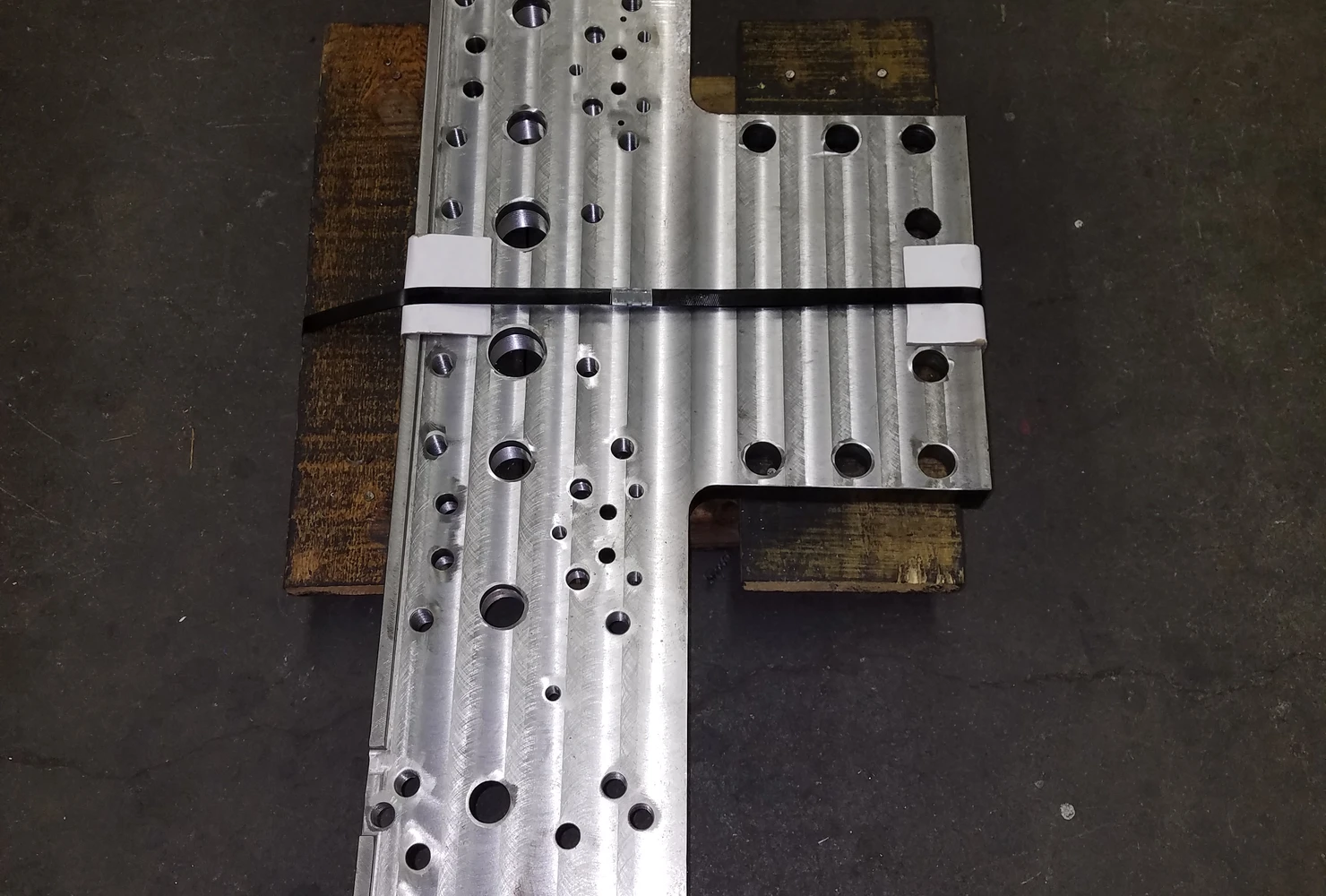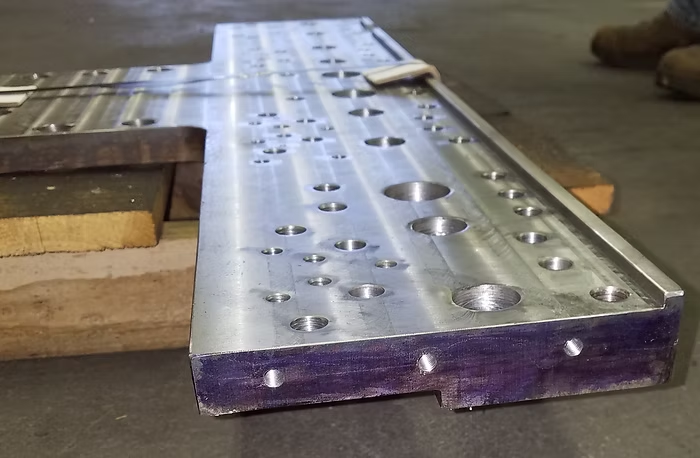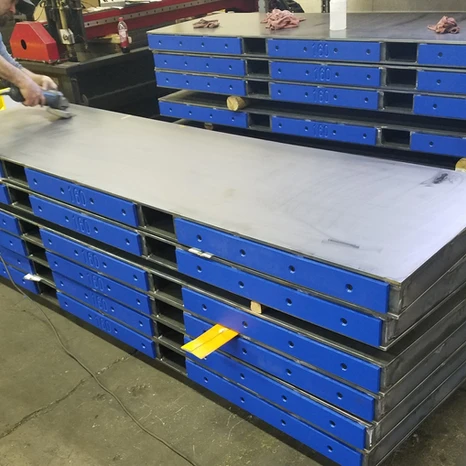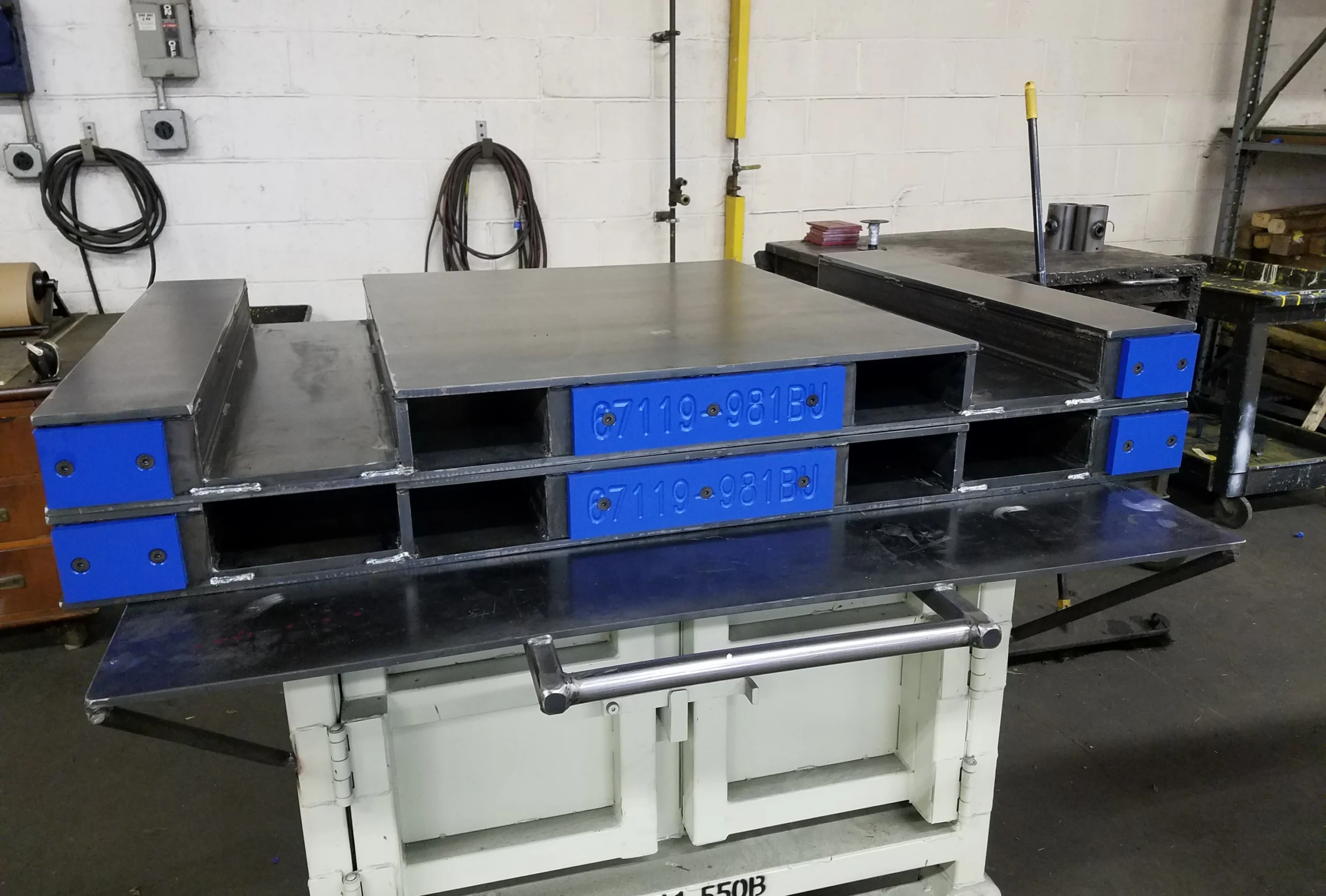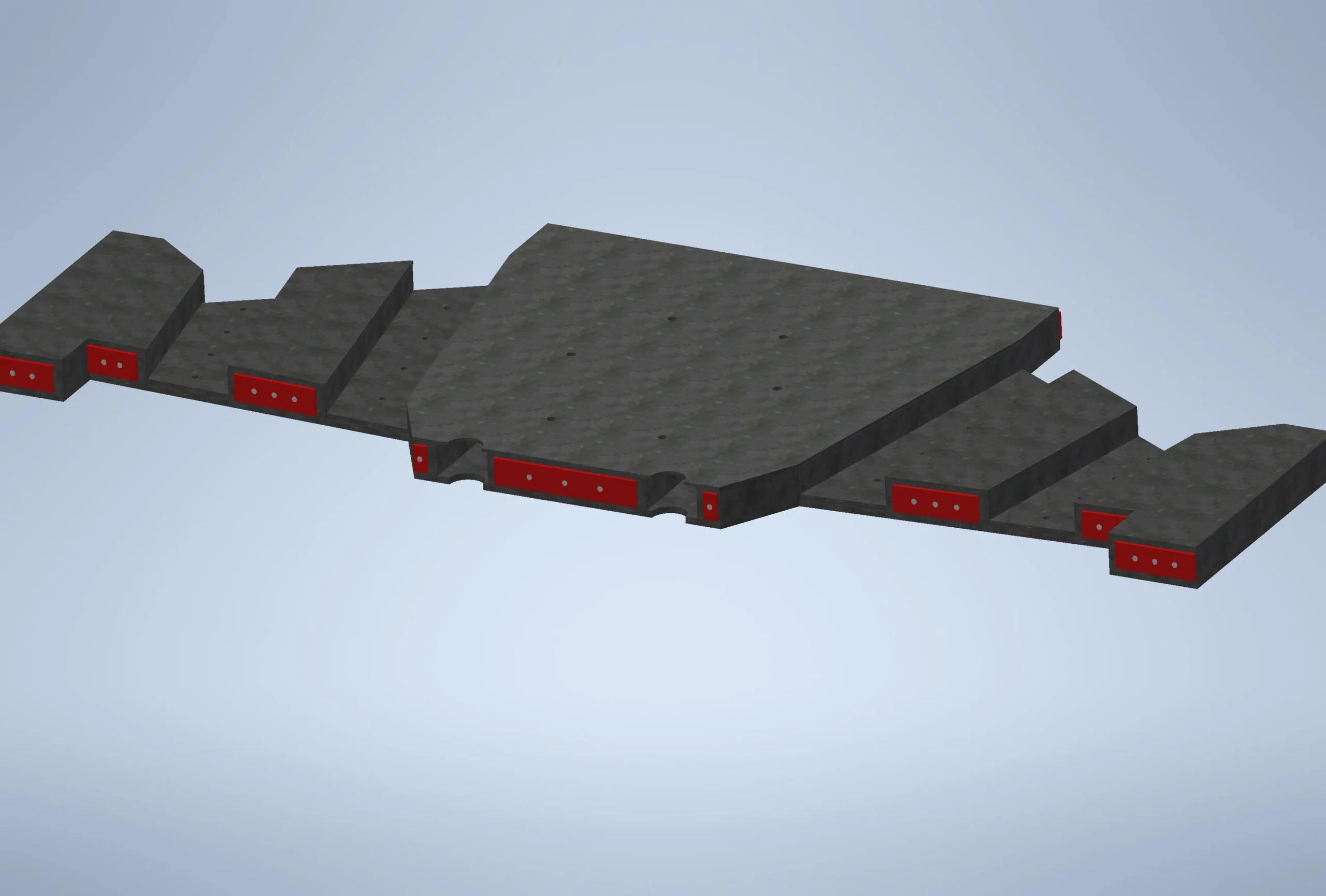1. Do you have both, a Computer Aided Manufacturing (CAM) & Computer Aided Design (CAD) specialist?
Custom manufacturing vendors need to invest in both, the software and people to design and fabricate the parts. CAD focuses on the design of a product or part. How it looks, how it functions. CAM focuses on how to make it. You can design the most elegant part in your CAD environment, but if you can’t efficiently make it with a CAM system then you’re better off kicking rocks, according to AutoDesk.
While Ohio & Kentucky have some of the highest rates of machinists according to the US Bureau of Labor Statistics, it is still a challenge to find machinists with CAM experience.
When a piece isn’t designed for the machine process properly, it has to be redesigned mid-process. A good engineer will go back to a customer and proactively ask for changes to the design rather than taking it through the process, with multiple iterations and extra time. It’s the difference between proactive, quick turnarounds and your vendors asking for more time, without giving you the real reason.
2. Can you share a complex project where your CAM & CAD specialists worked together to engineer it?
If you are a leader in CAM programming, you will be able to see that there is a tight radius in a corner, and the machinist won’t be able to work it. However, the CAD designer may not recognize it at first. That’s why it is so important to have a collaborative team working across the designs and setup of the machining processes.
Recently a customer asked that we reverse engineer a lube nozzle adapter plate that was used in the creation of crankshafts. As a CAD designer, I had to partner with my CAM specialist counterpart to go through painstaking detail to get it right.
We worked together to hand measure the hole placements. It goes on a robot with hydraulics, so hole placement was critical to get right. You can see that it has a milled finish surface for proper sealing of the different attachments.
We put it on our CNC Mill, and labeled every hole on x- and y-coordinates. Instead of using a cutting tool, we used a dial indicator similar to the needle on a record player. I put the machine on spin so I could turn it by hand. We zeroed off the corner for reference and measured the diameters of the holes. Also, it showed if it was a tapered hole, meaning it got tighter with the deeper the pieces went in like a cone. There were holes on every surface – side, front and back.
Then, we marked it on a spreadsheet, and I used AutoDesk to place it in a model. After I created the digital 3D drawing, we printed out a 1:1 drawing and overlaid it on the metal piece. We went back to the CNC mill to remeasure and found that there were a few minor numbers that were transposed or mistyped. After updating those, we were ready to do the CAM programming. Without working together, it wouldn’t have been able to be completed within two weeks because of reworking it.
3. Are you planning on turning my 2D dimensions into 3D dimensions?
When we convert 2D drawings into 3D designs using AutoDesk, we can look into whether materials may bow. In pallet designs that we worked through, we realized the materials recommended would have caused a safety hazard because of bowing. Using basic stress analysis simulations in AutoDesk, we were able to see the deflection in the material our customer had requested, so we countered their suggestion with a recommendation of a different material which ended up saving the customer a costly mistake.
Also, having the 3D design allowed us to think through having fork pocket tubes from both sides so that the forklift could enter from both sides to pick it up. Read the full case study.
Seeing more angles of the room through overlaying
Especially as you think about robotics or movement in a space, 3D dimensions allow you to superimpose the area around the piece so you can see how it would fit. For example, we can take a drawing of your factory layout, and impose our design into your actual workspace. Using this approach, we are able to highlight any problem areas or concerns before we even cut the first piece of material.
An example would be guard rails, also known as aisle guarding, that we were designing. We had a factory layout in a .dxf file so that it fit the dimensions and didn’t collide with other areas or machines. The first 3D draft illustrated a fenced in a square area with two forklifts, and no gate for the forklifts to exit.
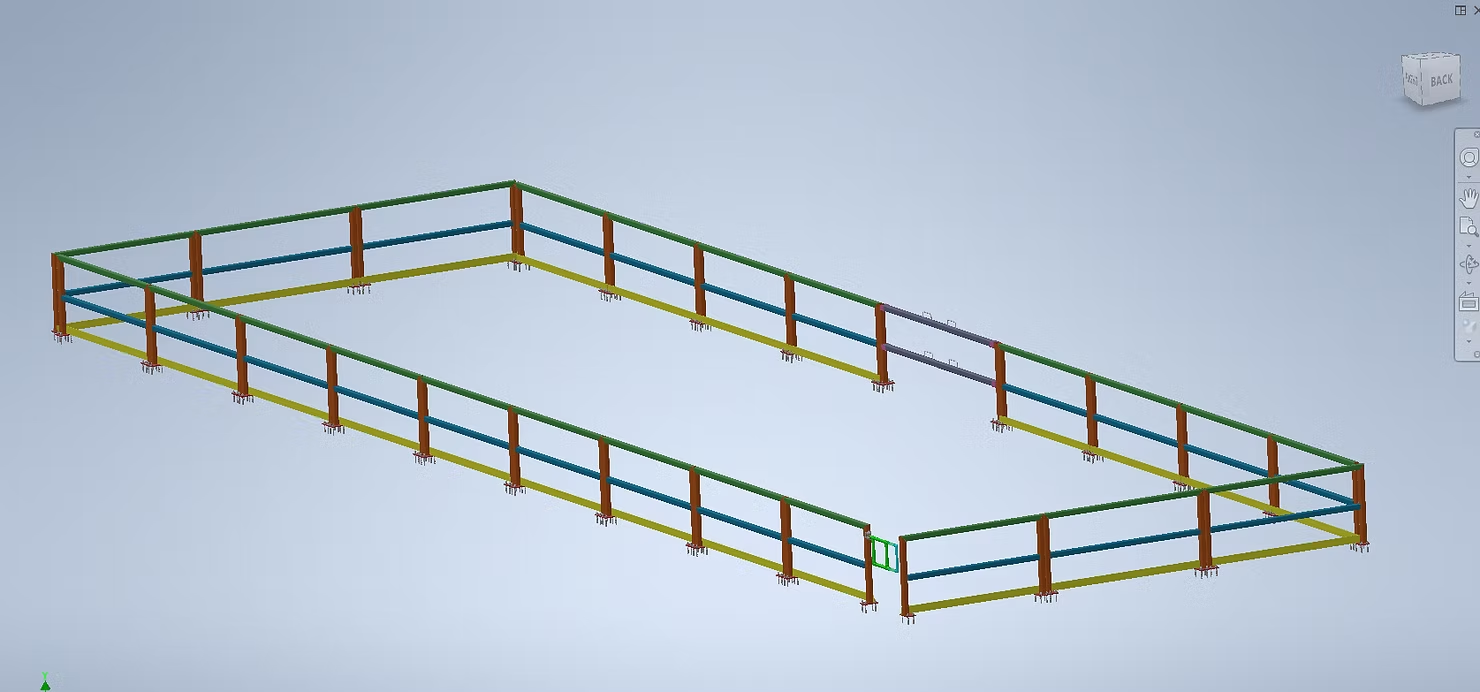
It’s like the children’s book where the excavator dug a hole and didn’t build himself a ramp to get out. Sometimes, we get so deep into these projects, using the program can help us think through the everyday application.
Reduction of cost on future enhancements
Lastly, as models change or modifications are needed, it costs more to reverse engineer rather than pulling from 3D designs. If you change the model, AutoDesk allows for CAM / CAD designs to live in the same suite so if you change a measurement in the CAD program, it will change it in the CAM program automatically – reducing the likelihood of mistakes.
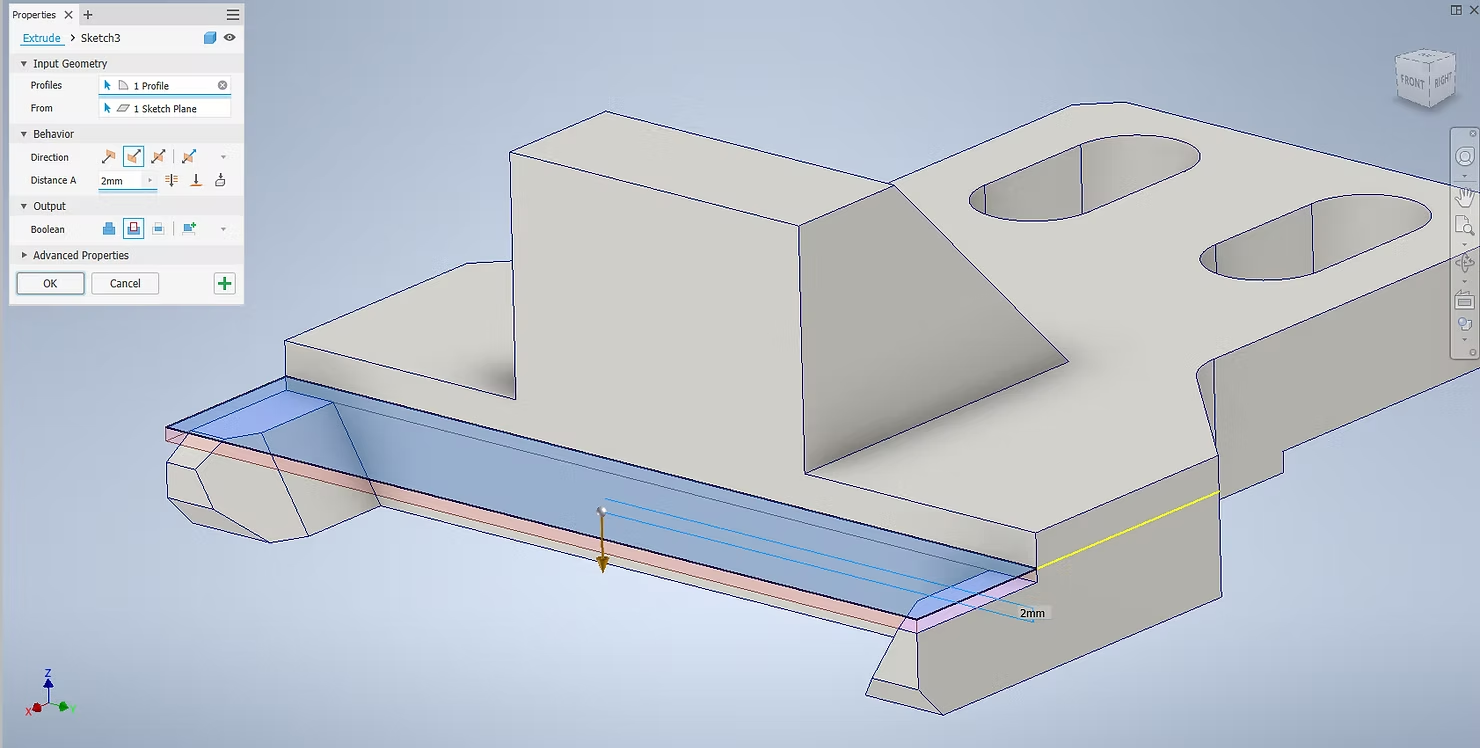
Tooling fingers are great examples where they move crankshafts from the dies. One customer had a model change and there was a small dimensional change. We updated it in the CAD software and it automatically moved it into CAM making the timeframe shorter to move the part through.


